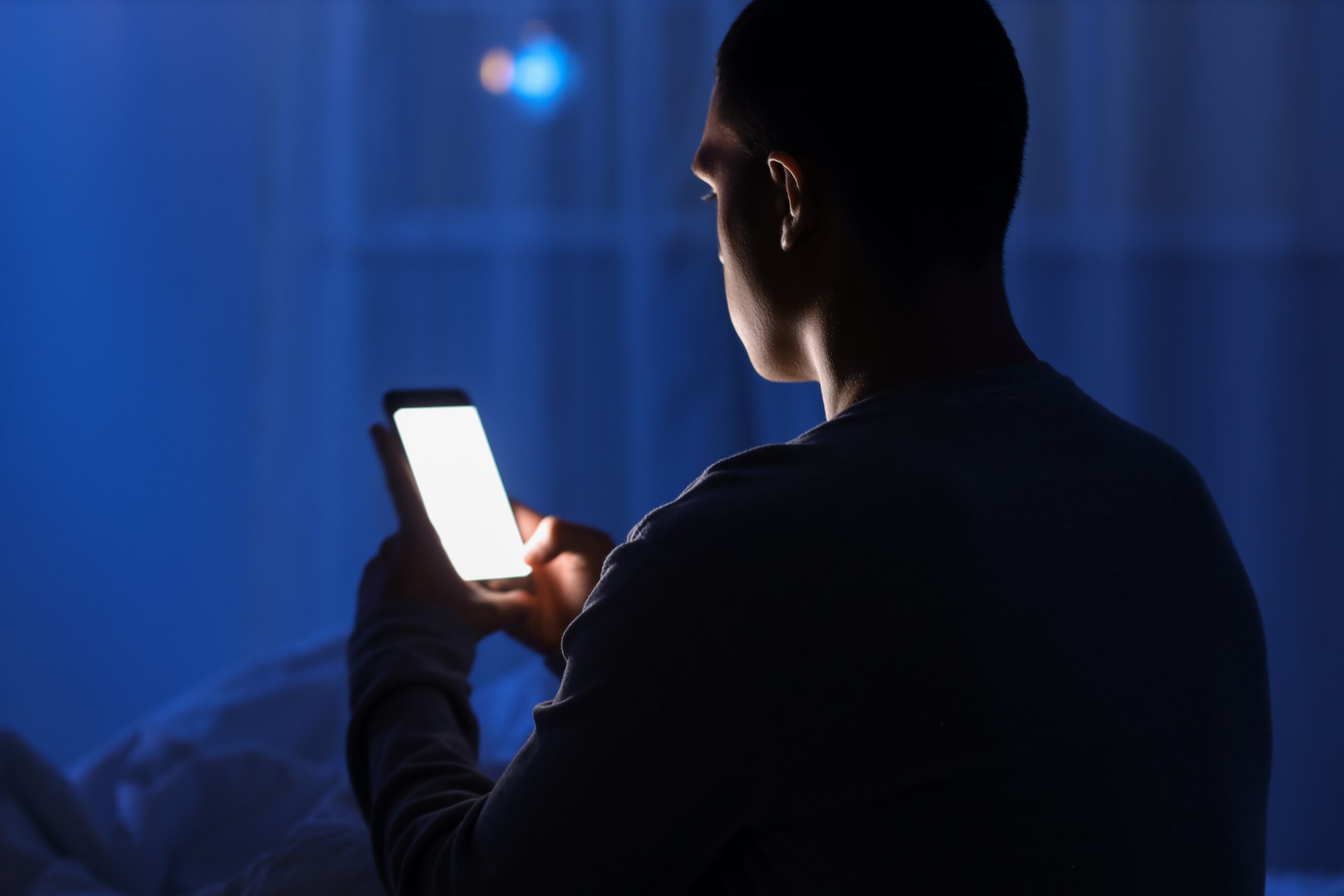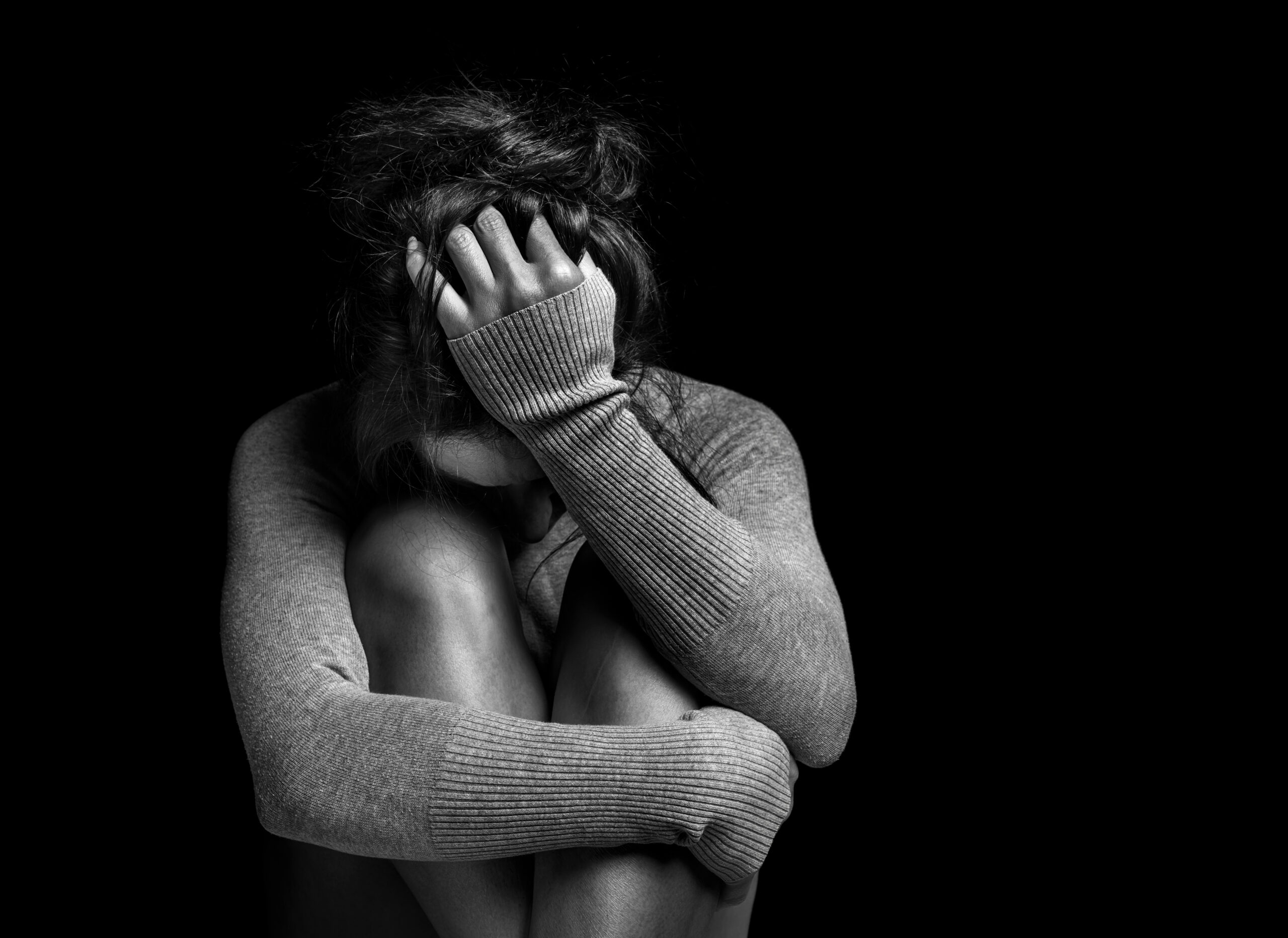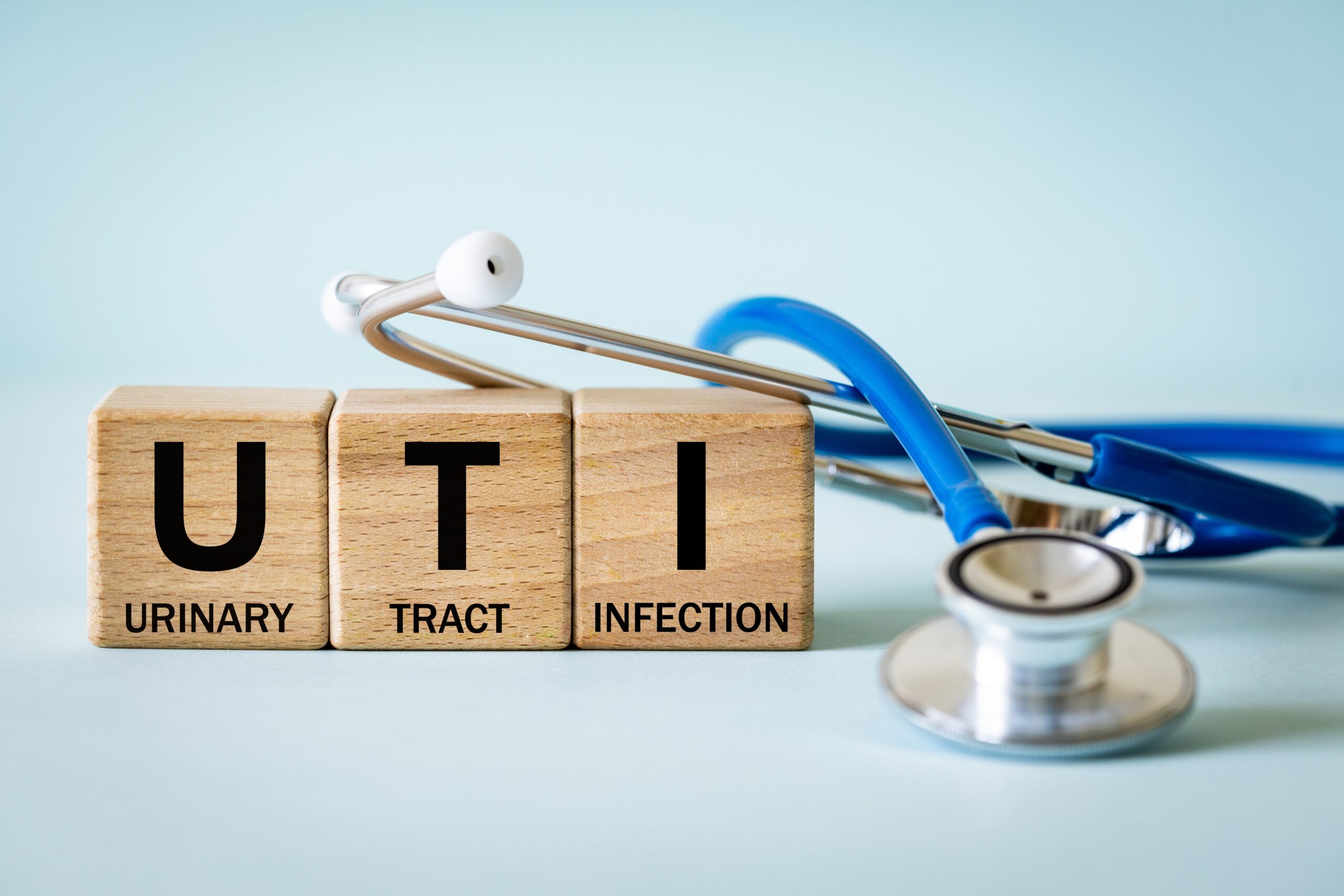Blue light may be the most misunderstood villain in modern sleep science—a spectral scapegoat whose real power over our slumber is far more nuanced, complex, and hotly debated than the headlines suggest.
Story Snapshot
- Blue light exposure from screens and LEDs can suppress melatonin, but its true impact on sleep remains fiercely contested.
- Recent studies challenge the magnitude of blue light’s disruption to circadian rhythms, igniting controversy among researchers and health experts.
- Tech companies and health authorities push mitigation strategies, but evidence supporting blue light filters is surprisingly mixed.
- Consumers, especially teens and shift workers, are caught in the crossfire of precaution, marketing, and evolving science.
The Rise of Blue Light Anxiety: From Scientific Breakthrough to Public Panic
In the early 2000s, a breakthrough in sleep research revealed that blue light—wavelengths between 450 and 495 nanometers—could suppress melatonin, the hormone that signals it’s time to sleep. The culprit? Intrinsically photosensitive retinal ganglion cells (ipRGCs), which relay blue light signals directly to the brain’s circadian clock. This discovery coincided with a digital revolution: smartphones, tablets, and LED lighting became evening companions for millions, driving screen time to unprecedented heights. Public health agencies and media outlets seized on these findings, urgently warning consumers about the dangers lurking in their glowing screens. Suddenly, blue light was no longer just part of daylight—it was the antagonist in a nightly battle against healthy sleep.
Yet, as the panic spread, a parallel industry emerged. Tech giants like Apple and Google raced to develop blue light mitigation features: Night Shift, Night Mode, and countless third-party apps promised sanctuary from spectral sabotage. Device manufacturers touted screens with reduced blue emissions. Consumers, especially parents and shift workers, scrambled to limit evening exposure, hoping to defend their circadian health. But beneath these efforts, scientists began to question: was blue light truly the central villain, or was the story more complicated?
Scientific Debate: Melatonin Suppression, Sleep Quality, and Contradictory Evidence
Systematic reviews and meta-analyses published between 2015 and 2022 painted a conflicted picture. Many studies confirmed that blue light suppresses melatonin, especially in evening hours, and can delay sleep onset. However, when researchers measured actual sleep quality and duration, results were inconsistent. Some studies showed clear declines in sleep, others found no significant effect, and a few reported improved performance with blue light exposure. By 2023, high-profile research from the University of Basel and others suggested that blue light’s impact on the internal clock might be minimal, calling into question decades of conventional wisdom. These findings sparked fierce debate: was melatonin suppression the only story, or were other factors—like total screen time, content engagement, and individual sensitivity—just as important?
The Sleep Foundation and major health organizations maintain their precautionary stance: limit blue light before bed, use night mode, and prioritize good sleep hygiene. But behind the scenes, researchers highlight uncertainty. They warn that while some individuals—adolescents, shift workers, insomniacs—may be more vulnerable, others seem largely unaffected by evening screen glow. The real disruptors might be binge-watching, doomscrolling, and emotional arousal, rather than the blue spectrum itself.
Stakeholders, Policy, and the Business of Sleep Health
Tech companies stand at the epicenter of this debate. Their motivations are complex: they must balance user health with product usability and sales. Blue light filtering features are marketed as solutions, but the scientific jury is still out. Device manufacturers and app developers see opportunity in the anxieties of consumers, especially as the sleep health market booms. Meanwhile, public health authorities and sleep researchers push for evidence-based guidelines, often clashing with industry innovation and consumer expectations.
Policymakers face thorny questions: should schools impose screen time limits? Should workplaces accommodate shift workers’ circadian needs? The answers remain elusive, complicated by conflicting research and powerful industry stakeholders. For consumers, the stakes are personal: sleep deprivation leads to daytime fatigue, metabolic disorders, and mental health struggles. Parents worry about children’s screen habits, while shift workers struggle with chronic sleep disruption. In societies saturated with technology, the quest for restorative sleep is both a public health challenge and a cultural obsession.
What Matters Most: Individual Differences, Pragmatic Advice, and Open Questions
Experts now advocate a pragmatic, individualized approach. Blue light can suppress melatonin, but the degree of sleep disruption varies widely. Some people are sensitive, others are resilient. The type, timing, and duration of exposure matter, as does the content on the screen. Systematic reviews remain the gold standard for evidence, but recent high-quality studies highlight the need for further research. The effectiveness of blue light filters and night modes is debated, with some experts arguing that total screen time and psychological engagement may overshadow spectral effects. For now, the consensus is cautious: reduce evening exposure, use available technology, and prioritize good sleep habits.
The story of blue light and sleep is far from over. As new studies emerge, previous assumptions may unravel, technological solutions may evolve, and public attitudes may shift. The only certainty is uncertainty—and the promise of deeper understanding in the years ahead.
Sources:
Systematic review of blue light’s influence on sleep, performance, and wellbeing (PMC)
Sleep Foundation overview of blue light and sleep mechanisms














